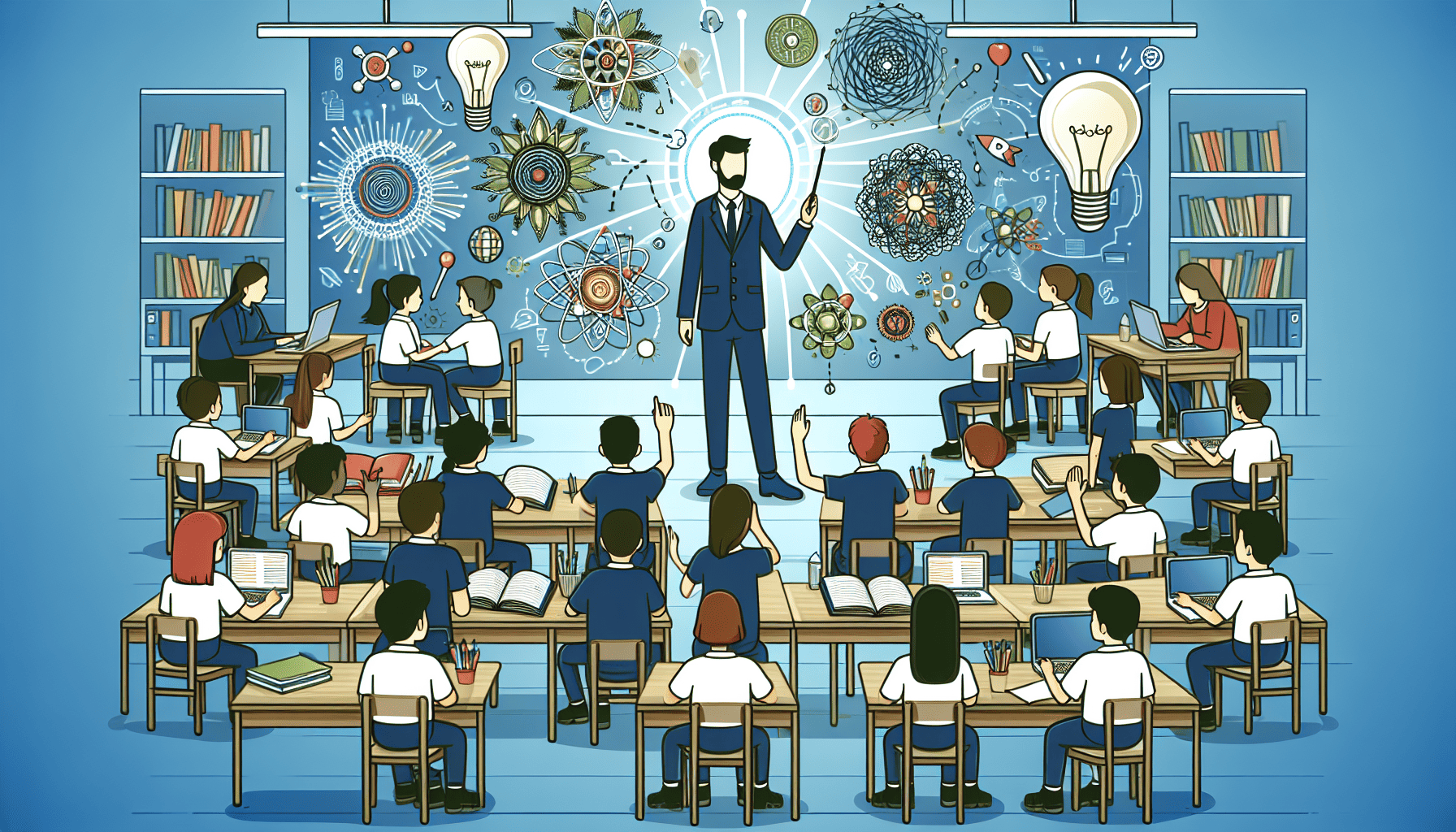In an ever-evolving world, the realm of education is equally dynamic, demanding new approaches to teaching that not only engage students but also prepare them for the future. Traditional chalk-and-talk methods are rapidly giving way to more innovative practices that are shaping the learners of tomorrow. Here, we explore some of the most creative and groundbreaking teaching methods making waves in educational institutions across the globe.
1. Flipped Classroom Model
The flipped classroom model reimagines the conventional learning environment by reversing the traditional homework and lecture elements of a course. Students engage with new content at home through videos, reading materials, or online modules. Class time is then devoted to exercises, projects, and discussions, allowing teachers to provide more personalized guidance and facilitate deeper understanding. This student-centered approach encourages active learning and collaboration among peers.
2. Gamification
Gamification, or the incorporation of game elements into learning processes, makes education more engaging and interactive. By using rewards, badges, leaderboards, and challenges, educators motivate students to participate actively and achieve mastery of different subjects. Gamification taps into students’ intrinsic motivation by providing instant feedback and a sense of accomplishment, transforming the traditional learning experience into an exciting educational adventure.
3. Project-Based Learning (PBL)
Project-Based Learning is an educational approach in which students learn by actively engaging in real-world and personally meaningful projects. PBL encourages the application of knowledge and skills to solve genuine problems, fostering critical thinking, creativity, and communication. This method integrates various disciplines, offering students a holistic understanding and preparing them for the multifaceted challenges of the real world.
4. STEAM Education
An evolution of the STEM (Science, Technology, Engineering, Math) curriculum, STEAM adds an 'A' for the Arts, recognizing the importance of creativity and design thinking in the learning process. By blending these disciplines, STEAM education encourages students to think critically and solve complex problems, fostering an innovative mindset essential for the 21st century. The integration of arts encourages divergence in thinking and approach, enhancing student engagement and curiosity.
5. Collaborative Learning
Collaborative learning emphasizes the power of group work where students work together to solve problems, complete tasks, or achieve common goals. This technique promotes communication skills, teamwork, and the exchange of diverse perspectives. Learning becomes a social endeavor, where students teach and learn from each other, developing an appreciation for different viewpoints and a stronger sense of community within the classroom.
6. Experiential Learning
Experiential learning, the process of learning through experience, is gaining traction for its effectiveness in cementing understanding. By engaging in activities like simulations, role plays, and field trips, students connect theoretical knowledge with real-world applications. This hands-on method not only enhances retention but also builds skills critical for life beyond school, such as problem-solving, adaptability, and decision-making.
7. Personalized Learning
Personalized learning tailors education to individual students’ needs, interests, and learning paces. It involves setting personal objectives, using adaptive technologies, and providing diverse learning pathways. This approach ensures that all students can reach their full potential by accommodating different learning styles and focused support. Both teachers and students play active roles in designing the learning journey, creating a more engaging and effective educational experience.
The introduction of these innovative teaching methods reflects a paradigm shift in education, from a focus on rote memorization to fostering lifelong learning and real-world readiness. By embracing these new approaches, educators are not only revolutionizing how students learn but also equipping them with skills essential for future success. As these methods continue to evolve, they promise to transform classrooms into vibrant, dynamic spaces where curiosity, creativity, and critical thinking thrive.
